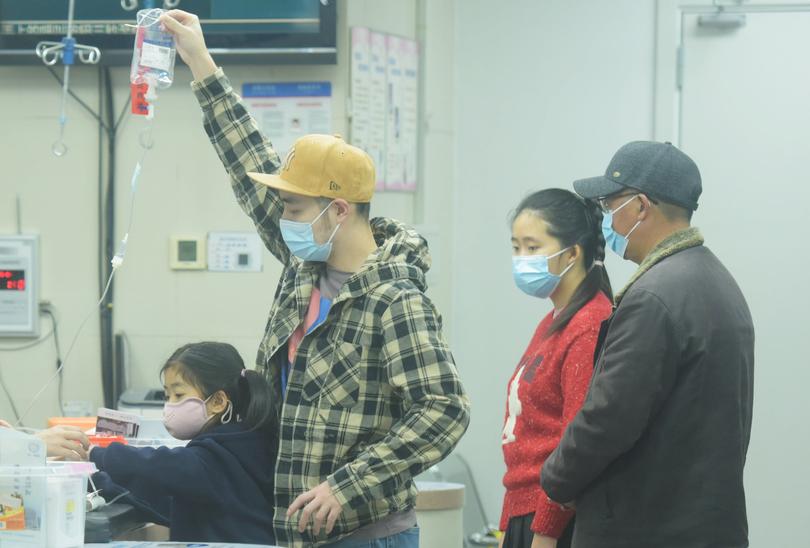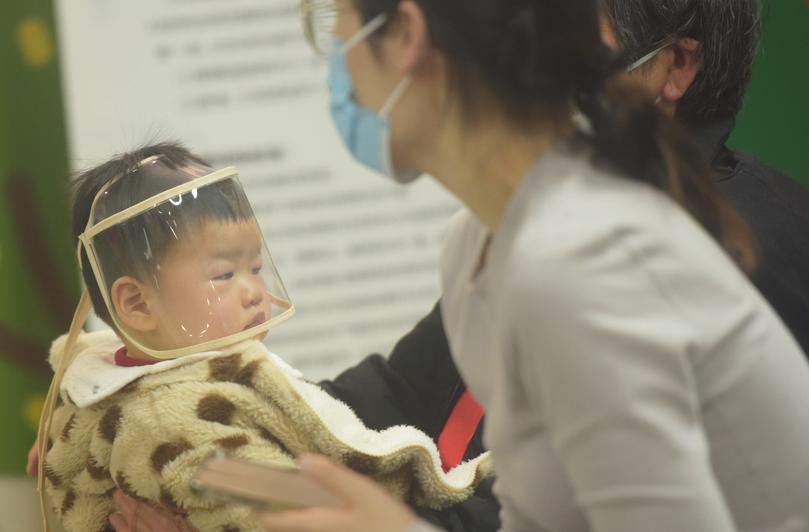Human metapneumovirus: Experts call on Beijing to reveal truth about infection ‘overwhelming’ China hospitals
Virus experts have called on Beijing to disclose vital information about a worrying outbreak said to be overwhelming hospitals in China.
Authorities “need more information on the specific strain circulating”, known as human metapneumovirus (hMPV), to assess the threat to the public, warned Dr Andrew Catchpole.
It comes after cases of the respiratory infection – which has flu-like symptoms – were revealed to have doubled over the past month.
Sign up to The Nightly's newsletters.
Get the first look at the digital newspaper, curated daily stories and breaking headlines delivered to your inbox.
By continuing you agree to our Terms and Privacy Policy.Currently, as many as one in 20 cases of respiratory infections could be due to the virus, according to the latest surveillance data in the UK.
Beijing has brushed aside footage of overcrowded waiting rooms and wards posted on social media saying respiratory infections are “less severe” and “smaller in scale” compared with last year.
This has led to fears similarities with the COVID outbreak in 2019, which was initially played down by China.
However, experts have remarked that the scenes in Chinese hospitals appear little different to that of UK healthcare at this time of year.
Dr Catchpole, who is chief scientific officer at infectious disease testing firm hVIVO, said: “HMPV is usually detected in the winter periods but it does seem that the rates of serious infection may be higher in China than what we would expect in a normal year.
“We need more information on the specific strain that is circulating to start to understand if this is the usual circulating strains or if the virus causing high infection rates in China has some differences.”
He added: “It is unclear just how high the numbers are or if issues are arising purely due to coinciding with high flu and COVID levels.”
Promisingly, Dr Catchpole noted that while hMPV “does mutate and change over time with new strains emerging”’, it is “not a virus considered to have pandemic potential”.

Multiple experts urged the public not to panic as the vast majority of infections cause “mild, cold-like symptoms”.
However, for those with compromised immune systems – very young children, the elderly and those with certain underlying conditions – the infection could lead to more serious complications.
“HMPV... may lead to pneumonia,” warned Jaya Dantas, a professor of international health at Curtin University in Perth, Australia.
“We need to use a cautious and measured approach, as we know so much more since COVID.”
The calls for greater transparency from China follow a chorus of similar pleas from international experts.
Dr Sanjaya Senanayake, infectious disease expert associate professor of medicine at The Australian National University, said it was “vital for China to share its data in a timely manner”, including “data about who is getting infected”.
He added: “Also, we will need genomic data confirming that hMPV is the culprit and that there aren’t any significant mutations of concern. Such genomic data will also guide vaccine development.”

China’s health authorities have urged people to take precautions such as hand-washing but have pushed back against claims that hospitals are overwhelmed.
Chinese foreign ministry spokesman Mao Ning said: “Respiratory infections tend to peak during the winter season.
“The diseases appear to be less severe and spread with a smaller scale compared with the previous year.”
Similar to COVID, hMPV spreads through respiratory droplets that circulate in the air when an infected person coughs or sneezes. Close personal contact like shaking hands and touching contaminated surfaces can also spread the disease.
However, because the virus has been around for decades, and possibly much longer, most people will have some degree of immunity through being previously exposed to it.
